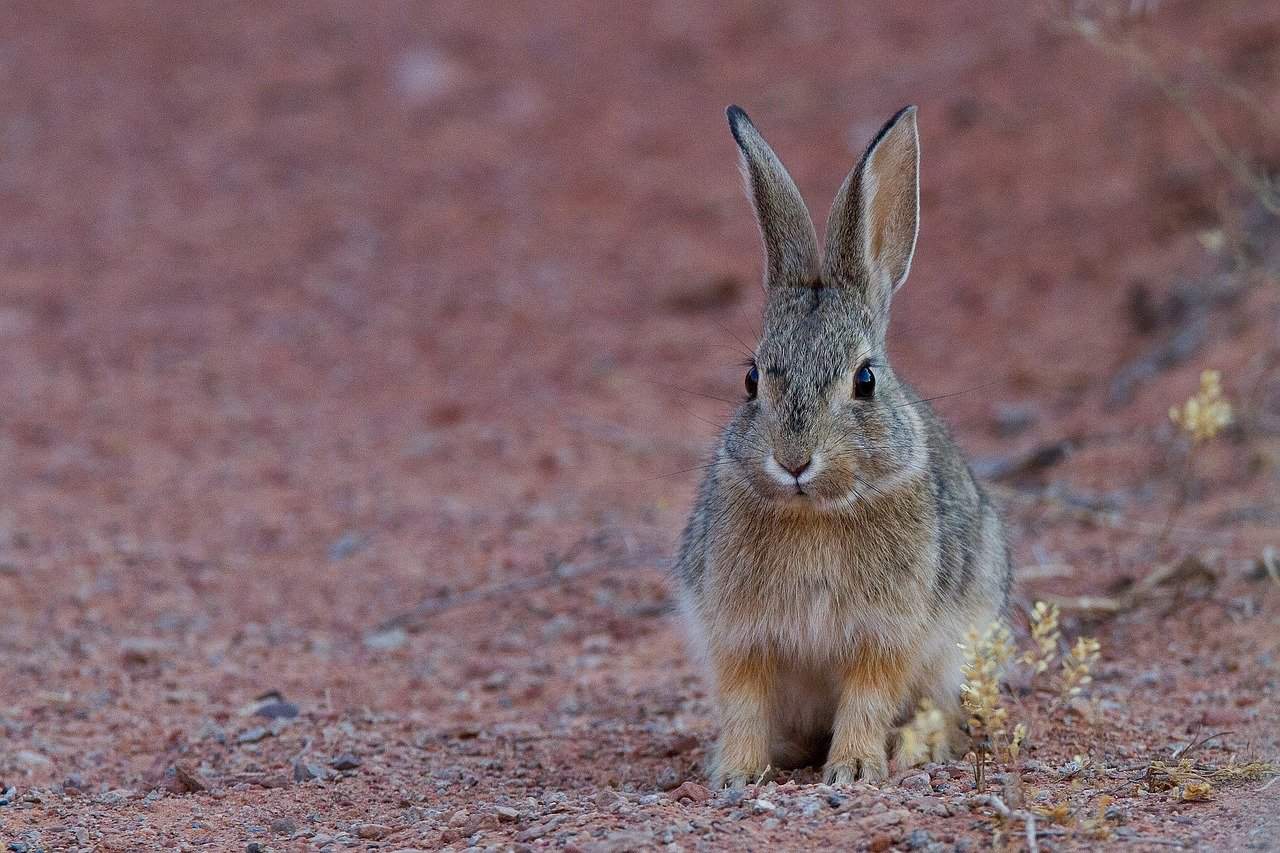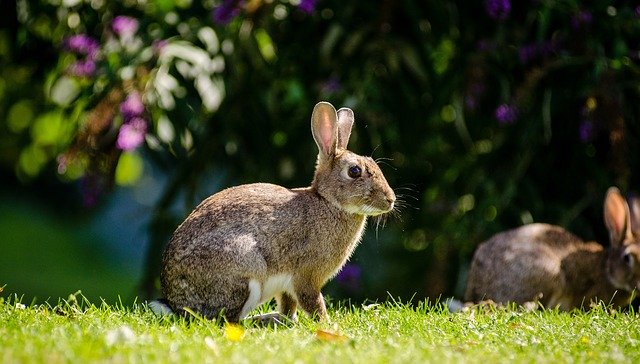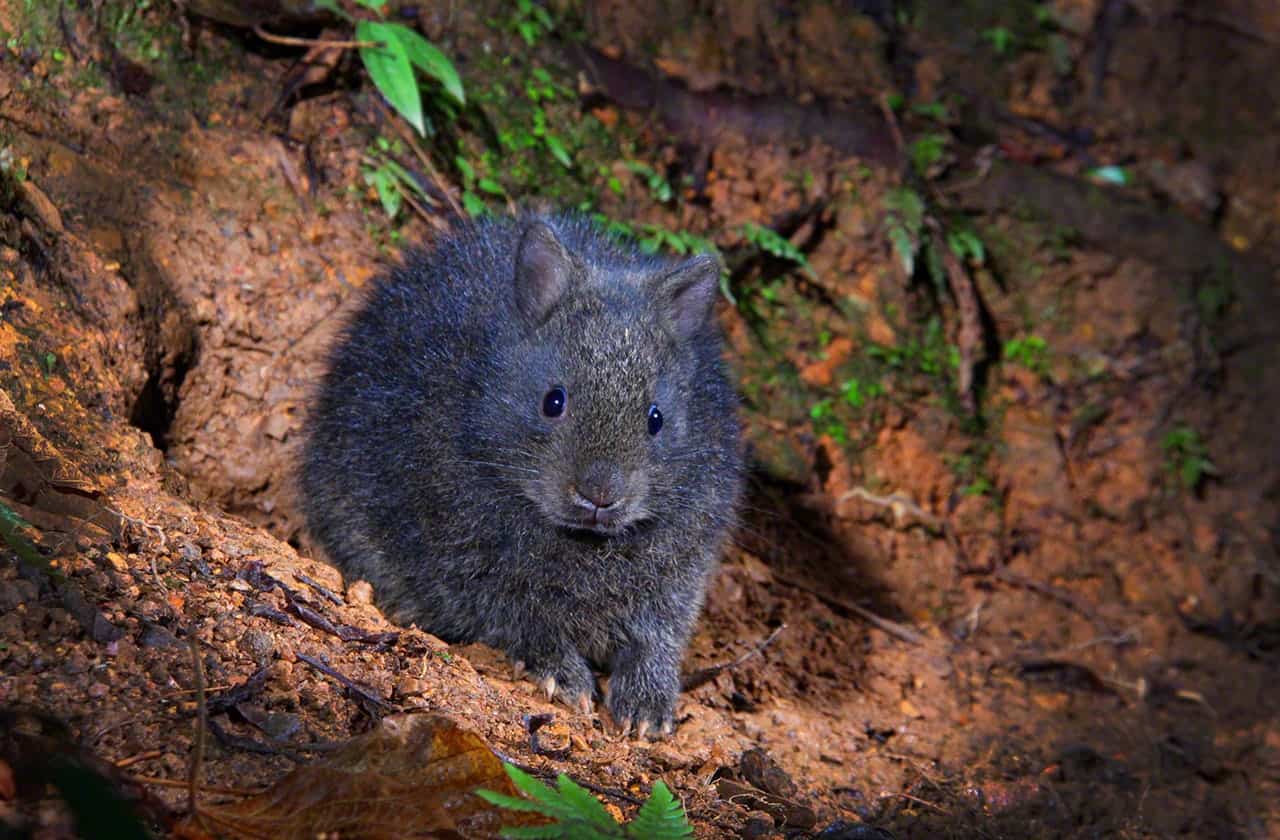Many of us don’t hear much about wild rabbits, and if we do, it may only be when someone talks about hunting them for sport. This list highlights seven wild rabbit breeds from around the world—some are abundant, while others are facing extinction.

The 7 Wild Rabbit Breeds
1. Colombian Pygmy Rabbit
These native rabbits to Washington state are almost extinct due to disease, wildfire, predation, and habitat loss over the last 160 years. There are programs in place to regenerate the Pygmy rabbit, and some have been successful, though they are still endangered. These cute little rabbits weigh less than 1 pound and are only 9 to 11 inches long. Their coats are grayish-brown in color and are soft and fluffy to the touch.
The Colombian Pygmy rabbit is a skittish and timid breed, and you won’t find them far from the safety of their burrows. As an endangered species, they are not for capivity.
2. Cottontail Rabbit

You will find Cottontails in North, Central, and South America, with many sub-species. They derive their name from their stubby white tails that are revealed when they are hopping away from you. The Eastern Cottontail is the most common species and can sometimes become problematic for farmers because they have a high reproductive capacity. Cottontails are related to the pygmy rabbit and the hare. Depending on the region they live in, there are differences in size and weight, but they are usually grayish-brown in color. They are high-strung and can be easily stressed. As such, they do not thrive in captivity.
3. European Rabbit

The European Rabbit is native to southwestern Europe and northwest Africa. Many countries consider this rabbit an invasive species because it has caused many environmental issues. They have been around since the Middle Pleistocene period, about 0.5 million years ago. There are six subspecies of the European Rabbit, with their size and weight depended upon their habitat. Typically, they are greyish-brown but there can be color variations. All domesticated rabbit breeds are descendants of the European rabbit.
4. Amami Rabbit

This rabbit is native to Japan and is found on two small islands close to Okinawa. They are descendants of ancient rabbits that used to live on the Asian mainland, and they prefer young and mature forest habitats. The Amami have smaller ears (compared to other rabbits), short feet and hind legs, a bulky body, and large curved claws for digging. They are a reddish-brown color with fur that is thick and wooly. This nocturnal rabbit’s existence is threatened by habitat destruction and predators. Some groups have formed to protect this rabbit from becoming extinct.
5. Sumatran Striped Rabbit
The Sumatran Striped Rabbit is found only in the Barisan Mountains of Indonesia. They are a threatened species due to habitat loss, and since they are rare, there is not much documented about them. For example, their population size is unknown, and many locals aren’t aware they even exist. They are a medium-sized rabbit and can get up to 1.5 feet in length. Their ears are short and rounded, and their bodies are black with brown stripes and a red tail and rump. The Sumatran is nocturnal and lives in burrows that other animals have made.
6. Riverine Rabbit

Native to Africa, this rabbit lives along seasonal rivers and is considered one of the most endangered mammals in the world. Part of the reason for their decline is because of a decrease in plants and vegetation that they usually eat. They are brown with a grey belly and have longer ears and bodies in relation to other rabbit breeds. The Riverine lives in burrows and is a solitary and nocturnal rabbit that provides many benefits to local farmers. Many groups are working diligently to prevent this wild rabbit from extinction.
7. Volcano Rabbit
This little rabbit resides in the mountains of Mexico and is the second smallest in the world. An adult will weigh no more than 1.3 pounds, and they can live from seven to nine years, which is a long lifespan for a wild rabbit. They have short bodies and legs, with small, rounded ears and thick, greyish fur. They live in burrows and are the most active at twilight. Unfortunately, they are endangered due to habitat decline and changes in vegetation and climate. Many people are unaware of their protected status and continue to hunt this rabbit illegally.

Conclusion
Wild rabbits are a unique group that deserves attention from the rabbit community because many are facing extinction without further intervention. It is beneficial to learn about the different wild species, as some of the current domestic rabbits have descended from these breeds.
Featured Image Credit: SvenZiegler, Pixabay
